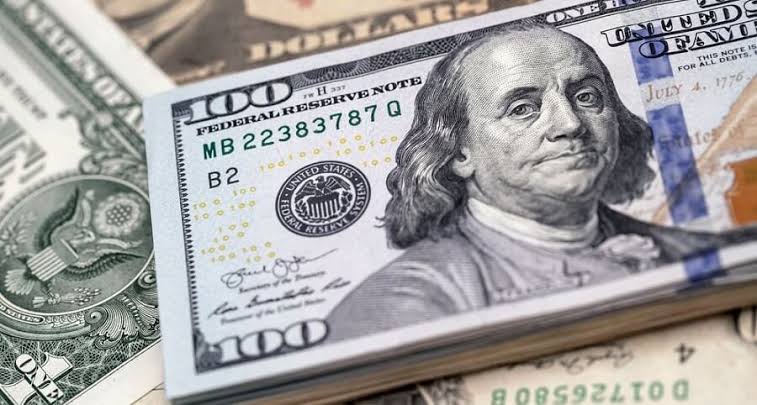Key Insights
- The US dollar index (DXY) has experienced a 4% decline since June, reaching its lowest value since April last year.
- Investors and fund managers believe there is further room for the US dollar to fall.
- The decline in the US dollar is attributed to the Federal Reserve’s approaching peak interest rates and the impact of aggressive monetary policy tightening on the US economy.
In recent weeks, there has been a downward trend in the dynamics of the US currency. Since the beginning of June, the US dollar index (DXY), which measures the ratio of the dollar to a basket of six other major currencies (euro, yen, pound sterling, Canadian dollar, Swedish krona and Swiss franc), has fallen by almost 4% to 99.6 points. This is the lowest value since April last year.
Moreover, according to investors and fund managers surveyed by Bloomberg, there is still room for the fall of the US currency.
Why is the US dollar falling?
Last year, the dollar index peaked in 20 years, rising to 114 points in September. The US currency strengthened following the increase in the base rate of the Federal Open Market Committee of the US Federal Reserve (Fed) – in March last year, the US financial regulator launched one of the most aggressive monetary tightening cycles in history.
As rates rose, so did the yields of US debt instruments, which, in turn, made them more attractive to global investors and supported the dollar.
Now, according to investors surveyed by Bloomberg, the US currency is weakening precisely because the Fed’s interest rates are approaching a peak, and the aggressive tightening of monetary policy is starting to affect the US economy. The Fed has already paused in raising rates at its June meeting.
Although the Fed gave a clear hawkish signal that the tightening cycle is not over, according to the CME Group, the market sees the most likely scenario in which a 0.25 percentage point rate hike will be the last at the next meeting.
Inflation data also speaks in favor of this – in June, in annual terms, prices rose by 3%, this is the minimum increase since March 2021.
Read also: Can Raising Interest Rates Truly Tame Inflation?
How long will the decline last?
In the further dynamics of the dollar, a lot will depend on the July meeting of the Fed, says City Index strategist Fiona Chincotta.
If the Fed gives any hint of ending the policy of raising interest rates, then this will definitely reflect negatively on the dollar and lead to its further decline,” she points out.
The Fed’s hawkish comments do not yet indicate the possibility of a large-scale decline in the dollar, says Stephen Ethan, an analyst at Markets Xplora. However, inflation figures look like a decline in the index to 90 points, the lows of 2021, is quite possible in the coming months, the expert argues.
Growth opportunity for other currencies
Against the backdrop of new data on inflation in the US and the risks of a recession, investors are betting on the growth of other currencies.
Each of the top ten most traded currencies (they include the euro, pound sterling, yen, Canadian, New Zealand, Australian dollars, etc.) has appreciated against the US dollar over the past month. And the euro, which traded under the dollar last year, is now seen as one of the main beneficiaries of the current situation.
The euro exchange rate against the dollar has strengthened by almost 4% since the beginning of June – on July 14, the euro cost $1.11.
Analysts believe that the strengthening of the European currency will continue.
Bad eurozone data is already priced in, while disinflationary pressures are becoming more evident in the US,” said Jordan Rochester, senior strategist at G10 FX Nomura.
According to his forecast, the euro will strengthen to $1.14 by the end of September. According to George Saravelos of Deutsche Bank, the euro could reach $1.20 by the end of the year, the highest since mid-2021.
Analysts at UBS and AllianceBernstein also see upside potential for the yen, New Zealand dollar and emerging market currencies such as the Brazilian real and the Colombian peso.

Will the declining trend of the US dollar continue, and how will it impact global currency dynamics? Let us know your thoughts in the comments.



[…] downgrading of the credit rating is unlikely to significantly affect the dollar, says […]
[…] in many emerging countries are facing massive problems. Even the fact that the US Dollar Index (DXY) is falling cannot stop the trend. The Nigerian naira is one of the fastest-depreciating […]